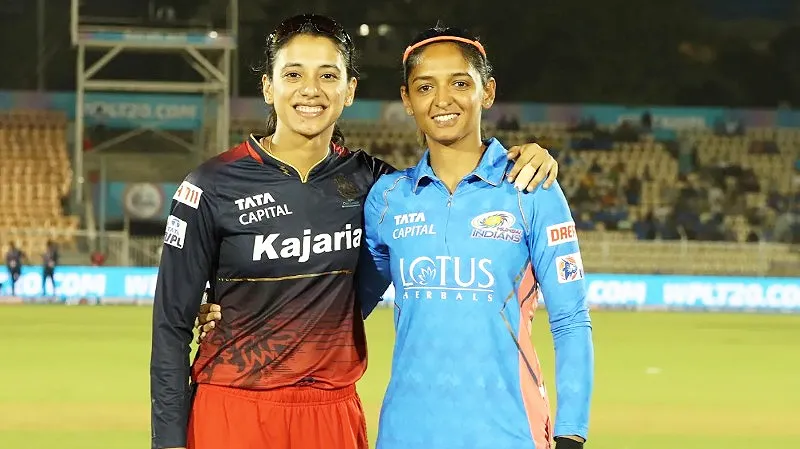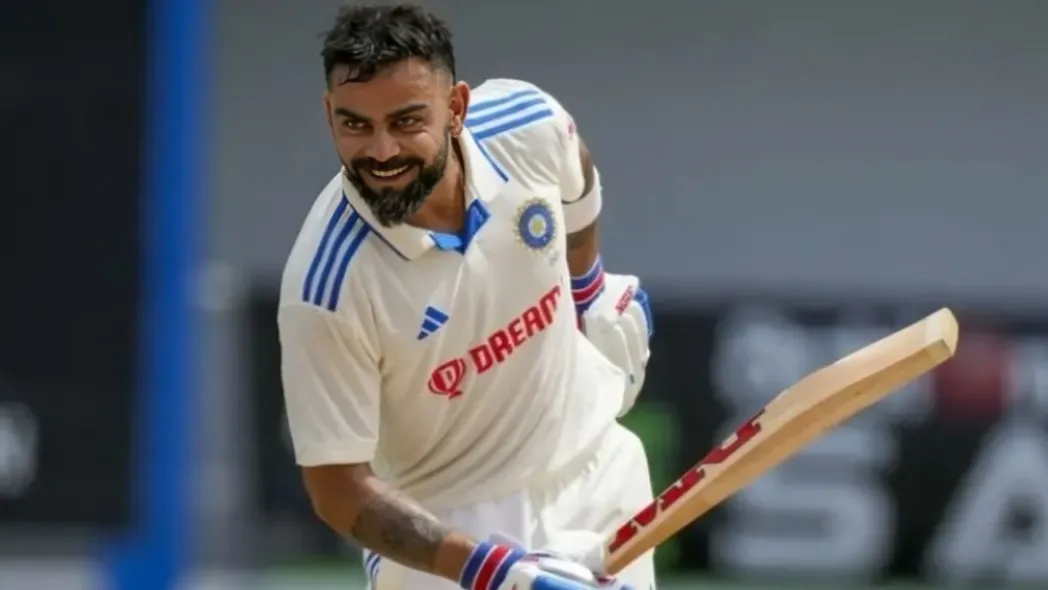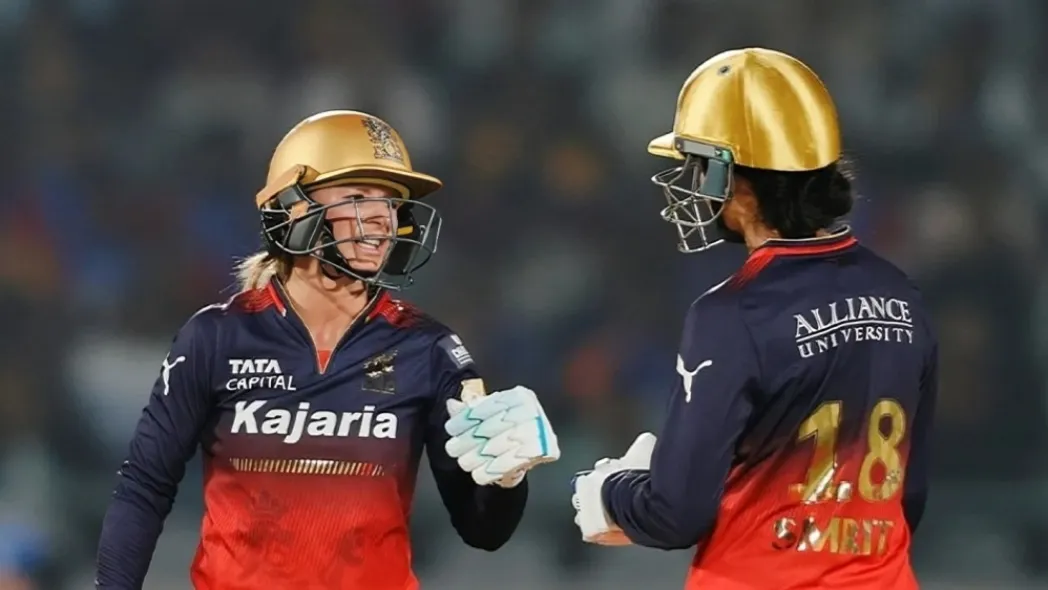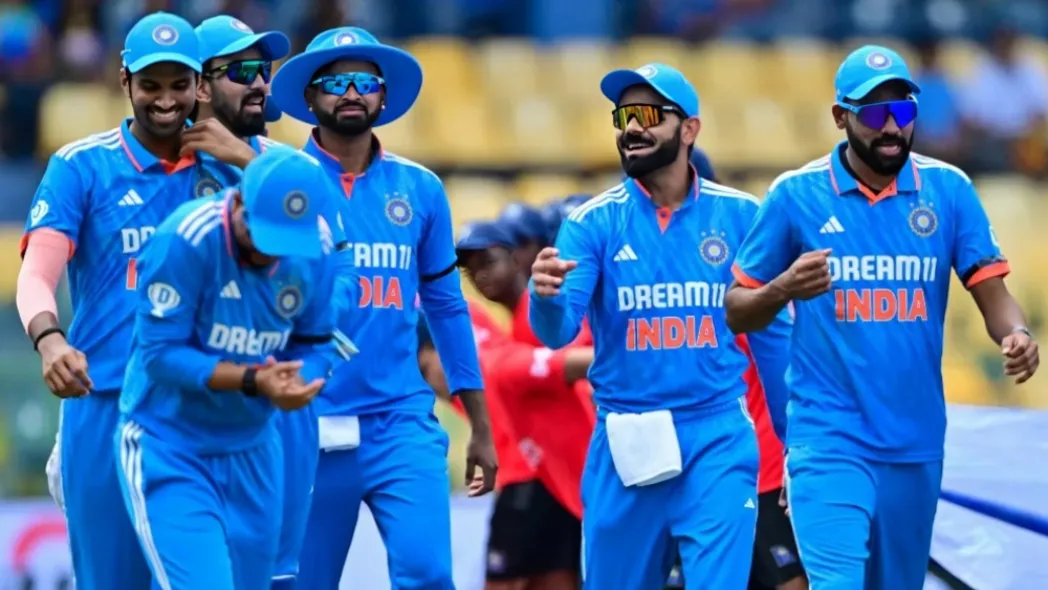The rise of T20 cricket has introduced a new dynamic to the game, one that thrives on high-scoring encounters, big hits, and fast-paced action. However, for these elements to come to life, the pitch and outfield conditions must be conducive to such play. Recent observations from a T20 match in New York have raised questions about the suitability of the pitch and outfield at the venue. Despite considerable efforts, the pitch failed to meet the expected standards for a T20 game. Here, we delve into the factors contributing to this failure and what lessons can be drawn for future games.
One of the primary concerns highlighted was the pitch’s excessive assistance to fast bowlers. In the initial 10 overs, the ball was doing a lot for the bowlers, making it exceptionally challenging for batsmen to score freely. This behavior runs contrary to the essence of T20 cricket, where pitches are generally designed to offer a fair balance between bat and ball but slightly favor the batsmen to encourage high-scoring games.
In T20 cricket, spectators expect to see aggressive batting from the onset. However, the New York pitch demanded that batsmen spend 10 to 15 deliveries to get accustomed to the pace and bounce before they could play their shots with confidence. This need for an extended settling period disrupts the flow of the game and prevents teams from capitalizing on the powerplay overs, which are crucial for setting a strong foundation in a T20 match.
Another significant issue was the condition of the outfield. Described as “very slow,” the outfield had a lot of sand base, which caused the ball to slow down considerably upon impact. This not only affects the batsmen’s ability to score boundaries but also hampers the overall scoring rate, leading to lower totals that can make matches less exciting for fans.
The incident involving David Miller, who hit what seemed like a sure-shot boundary only to see it reduced to a mere couple of runs, exemplifies the problem. A slow outfield negates well-timed shots, adding another layer of difficulty for the batsmen. This aspect of the game is critical in T20s, where every run counts and boundaries are pivotal to maintaining a competitive total.
The ICC and the ground staff had indeed put in substantial effort to prepare the pitch. The intent was to create an international-standard surface suitable for T20 cricket. However, the end result suggests that these efforts did not quite hit the mark.
Suggestions have been made to keep rolling the pitch down to make it as firm as possible. While this might improve the pitch marginally, significant structural changes may be required to meet T20 standards fully. The pitch preparation for T20 games needs to ensure that there is some help for bowlers but not to the extent that it stifles the batsmen completely. A pitch with an even pace and predictable bounce allows for a more balanced contest between bat and ball, ensuring a thrilling spectacle for the audience.
Want to stay ahead in the world of cricket? Explore our comprehensive Blog Post, insightful analysis, and the latest updates on all your favorite fixtures and more at JeetBuzz News. Don’t miss out and dive into the action now!































